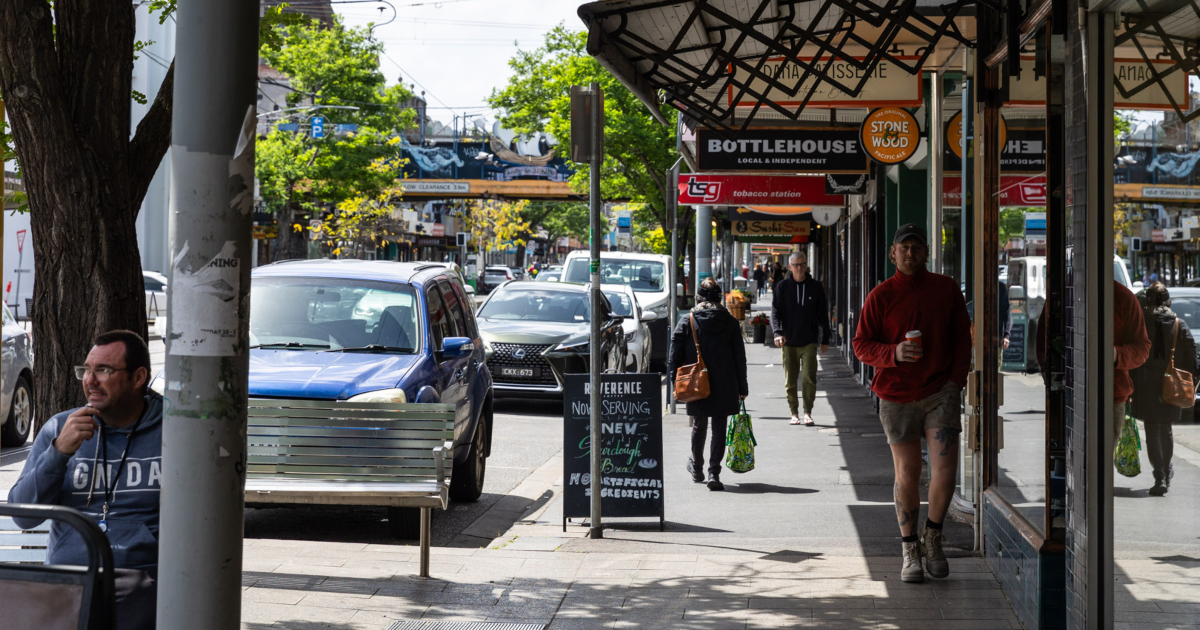Walking needs bigger footprint in net zero roadmap
30 Sep 2025
|
Earlier this month the Australian Government released a new plan to cut transport-related climate pollution. The new Transport and Infrastructure Net Zero Roadmap and Action Plan places a high priority for action on investment in low and zero emissions transport infrastructure; this includes a commitment to investing in public transport and infrastructure to support walking and cycling (active transport). Under the fedeal Active Transport Fund Victoria received approximately $21m, mainly for shared path projects. The lack of funding and actions for active transport is disappointing given the roadmap frequently cites the Avoid-Shift-Improve hierarchy for achieving environmental sustainabiility, which in transport settings means placing a high priority on shifting carbon-emitting transport trips to truly sustainable (and healthy) modes. The Government is hoping its National Urban Policy will help steer better planning of cities and suburbs in future to avoid increasing Australia's current car dependency. But that might be too little, too late. We feel much more can be done now to help people switch from cars to walking and public transport to help meet Australia's new 2035 emission reduction target on our eventual path to net zero by 2050. Read further comment at The Conversation and discussion at LinkedIn. |